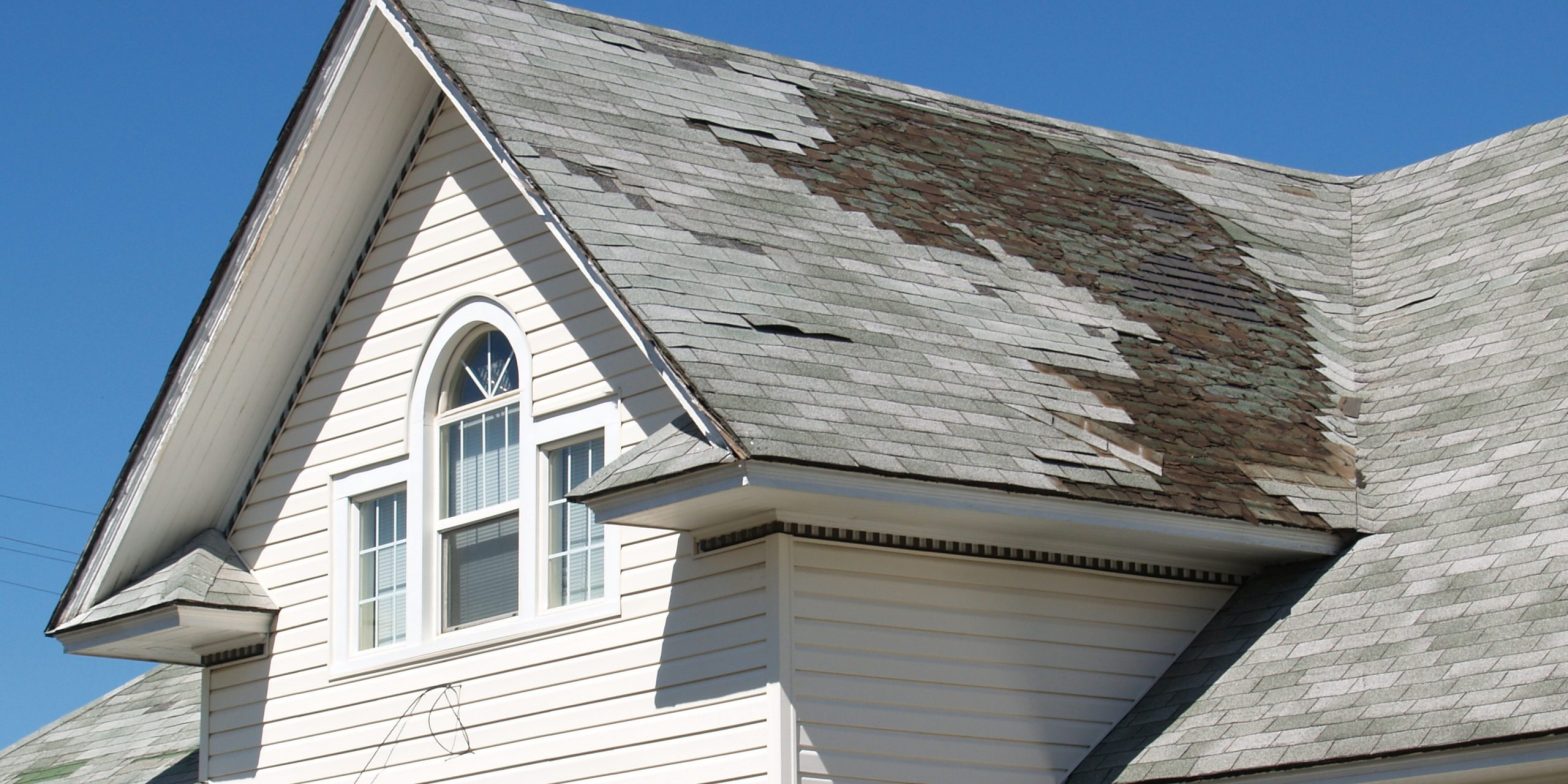A strong roof is essential to any building, but its strength relies heavily on what’s underneath—the support structure. When the integrity of that structure is compromised, the entire roof (and safety of the people inside) is at risk. Unfortunately, many roof support issues develop silently over time, only becoming noticeable once serious (and costly) damage has occurred.
Whether you’re a homeowner, property investor, or building manager, knowing how to identify early signs of roof support problems is crucial. In this article, we explore 15 of the most common roof support issues, their causes, symptoms, and how to respond before damage worsens.

1. Sagging Rooflines
A visibly sagging roof often signals weakened rafters, broken trusses, or overloaded support beams. It’s one of the most obvious signs of structural failure and should be addressed immediately.
Sagging can result from snow load, poor construction, or water damage over time (Roofing Contractor, 2023).
2. Cracked or Split Rafters
Rafters are critical load-bearing members. When they crack due to age, moisture, or stress, the structural load becomes uneven, placing pressure on surrounding components.
Inspect attic spaces for visible splits, especially around joints.
3. Rotted Timber
Water intrusion can cause wood rot, weakening beams and joists. Rotted wood becomes soft, dark, and flaky, often accompanied by a musty smell.
According to This Old House (2022), poor ventilation and prolonged leaks are leading causes of timber decay (This Old House, 2022).
4. Termite and Pest Damage
Pests such as termites or carpenter ants target wood structures, burrowing and hollowing out beams. Over time, this can significantly reduce structural capacity.
Schedule regular pest inspections, especially in older wooden homes.
5. Water Stains or Damp Patches on Ceiling
These stains are often caused by a leak from above, which may indicate weakened or cracked rafters and sheathing.
Check directly above stains for structural deterioration or wet insulation.
6. Loose or Bowed Ceiling Panels
When roof supports shift or weaken, interior ceiling boards may separate or sag. This cosmetic issue often hints at a deeper problem in the truss system.
7. Improperly Cut Roof Trusses
Cutting into pre-engineered trusses to install ducts or skylights can ruin load distribution and void warranties. DIY or unqualified modifications often result in hidden structural danger.
The Structural Building Components Association (SBCA, 2022) strongly advises against any on-site truss alteration without engineering approval (SBCA, 2022).
8. Corroded Metal Connectors
In modern roof systems, metal joist hangers, bolts, and brackets play a key role. Over time, corrosion weakens these supports, especially in coastal or high-humidity environments.
Inspect for rust stains or flaky metal where fasteners meet wood.
9. Uneven Roof Loads
Adding solar panels, satellite dishes, or air-conditioning units without adjusting load calculations can strain the original support design.
Always consult a structural engineer before mounting heavy equipment on your roof.
10. Poor Ventilation
Without proper airflow, moisture accumulates in the attic, leading to condensation, mold, and rot. This silently deteriorates the framing over time.
Install soffit vents, ridge vents, or fans to balance moisture levels.
11. Mold Growth in Roof Cavity
Mold thrives in damp, dark spaces and is a sign of persistent water ingress or condensation. It also weakens timber over time and poses health risks.
12. Ice Dams and Freeze Damage
In colder climates, melting snow can refreeze along roof edges, forming ice dams. Water trapped behind these dams may seep into support layers and rot the structure.
The University of Minnesota Extension (2021) notes that inadequate insulation is a primary cause of ice dams (UMN, 2021).
13. Shifting or Settling Foundations
Your roof’s structural frame is connected to your home’s foundation. If the foundation shifts, roof lines and walls can crack or pull apart, impacting support alignment.
Look for diagonal cracks in walls or doorframes that no longer close properly.
14. Storm or Impact Damage
Strong winds, falling trees, or hail can cause hidden damage to trusses and beams. Even if shingles are intact, the internal structure may be weakened.
Always schedule a professional inspection after severe weather.
15. Inadequate Framing for Roof Design
Some roofs—like cathedral or flat roofs—require reinforced support systems. If your home was remodeled or extended, the framing may not match the load needs.
Consult with a certified contractor or engineer for structural evaluations.
Many roof support issues start silently and worsen over time. Routine inspections—especially after heavy rain, snowfall, or high winds—can help detect problems early.
If you’re unsure about your roof’s condition, consider a structural inspection every 2–3 years, or sooner if your home is older or located in high-risk environments.
